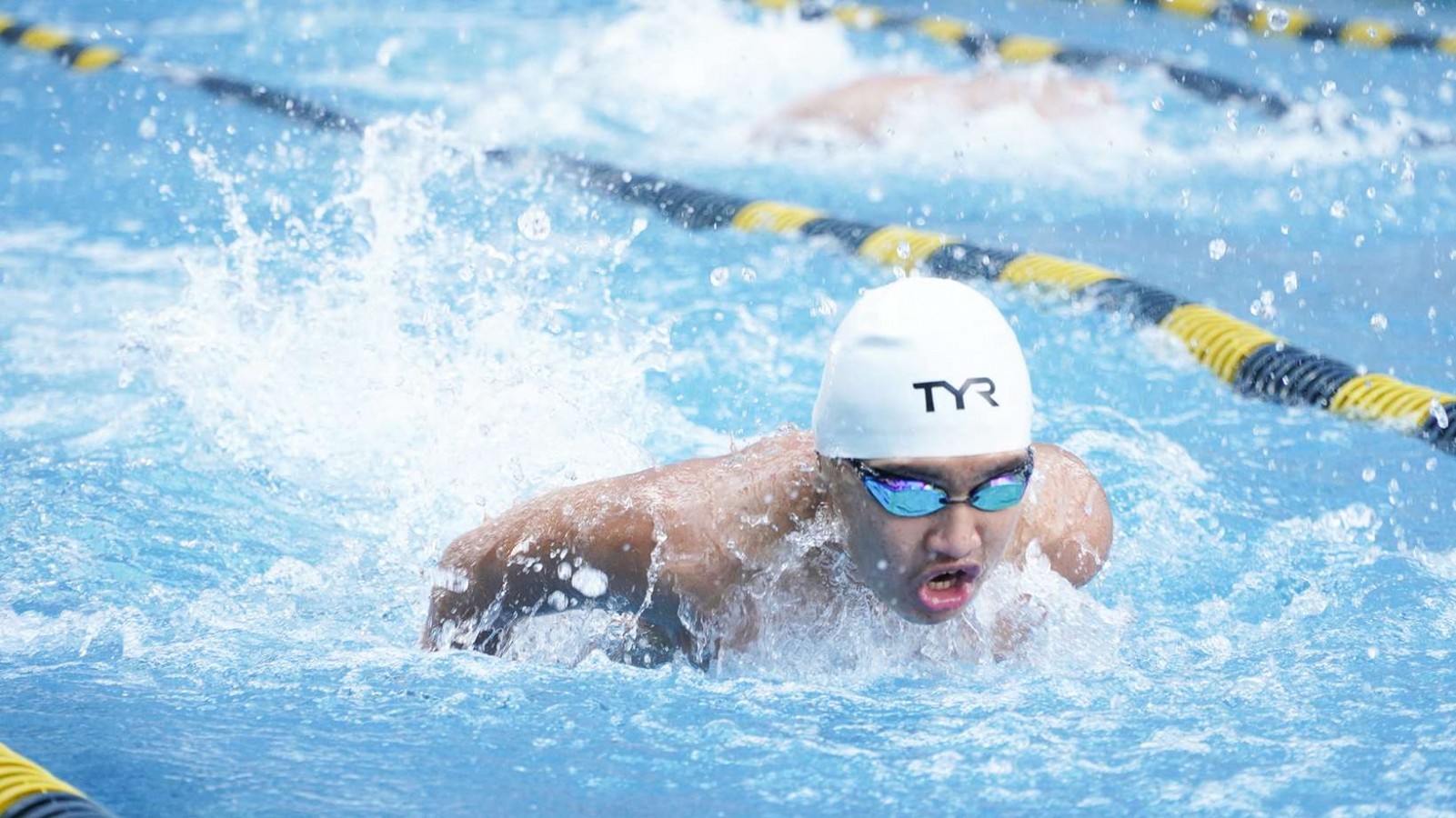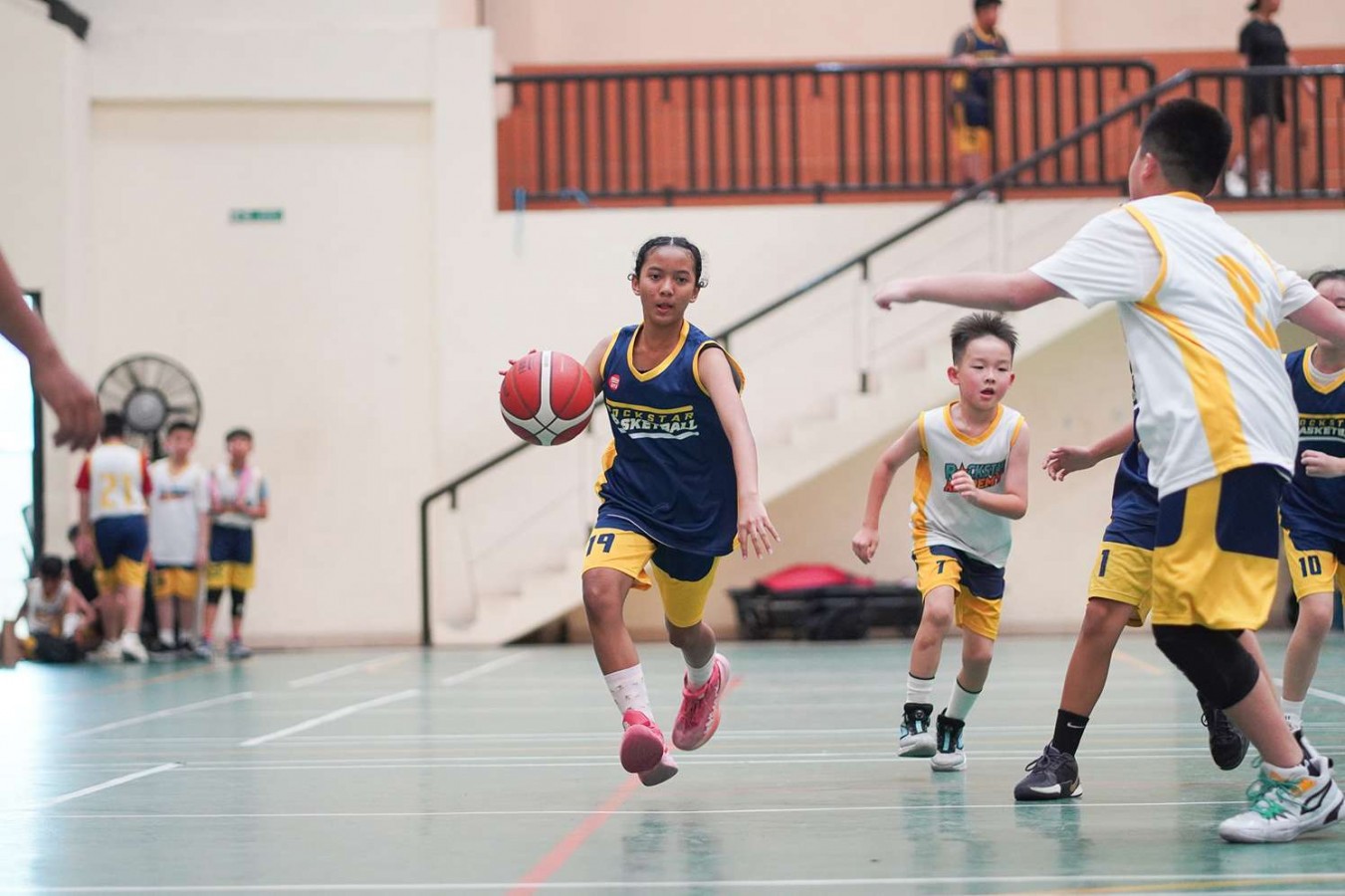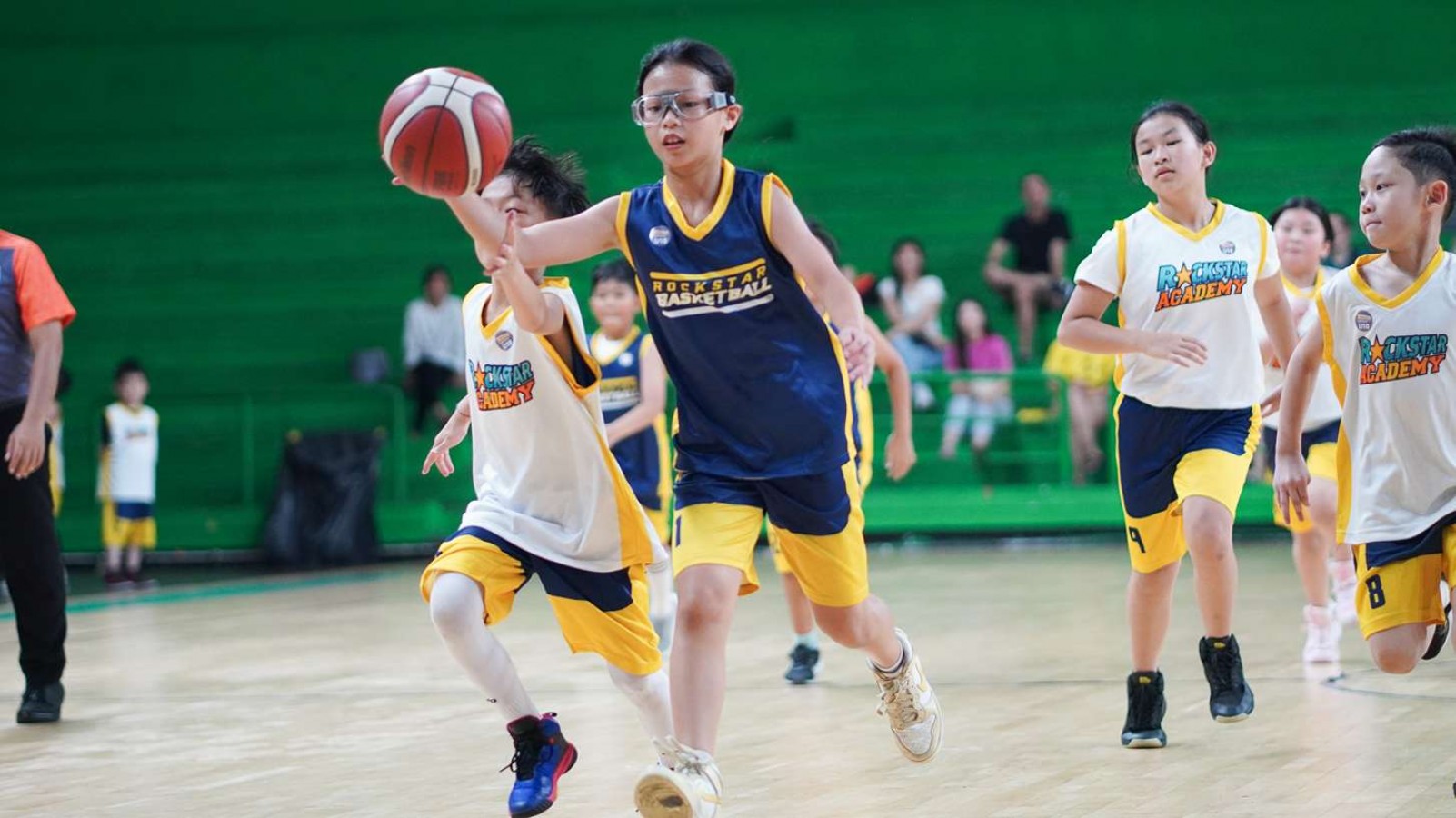Expert Tips on How To Swim Faster

Swimming faster isn't just about moving your arms and legs quicker. It involves technique, strength, and efficiency in the water.
If you're a competitive swimmer or someone who’s looking to enhance your swimming skills, these expert tips and exercises will help you achieve greater speed in the pool.
6 Expert Tips on How To Swim Faster
Many people aspire to swim faster but often find themselves unsure of where to begin. Whether you're a competitive swimmer or a recreational one looking to improve, mastering these aspects can significantly enhance your performance in the water. Let’s check this out:
1. Mastering Technique
The key to swimming swiftly in the water begins with mastering your technique.
When you observe the fastest swimmers, whether it's a seasoned Masters competitor at a local swim meet or elite athletes racing in Olympic-sized pools, their movements seem effortless.
To increase your swimming speed, focus on maintaining a high body position, initiating your stroke early to catch more water, and striving for smooth, efficient movements in the water.
While tools like kickboards, swim paddles, or swim parachutes can aid in speed development, their effectiveness hinges on your technique.
Strong technique forms the basis for swimming faster, so prioritize perfecting your technique every time you dive into the pool.
2. Improving Strength and Conditioning
Next tips on how to swim faster is by improving your strength and conditioning. Your core muscles stabilize your body and help maintain a streamlined position. Exercises like planks and flutter kicks strengthen your core, making it easier to maintain proper technique throughout your swim.
Strong arms also generate more power during each stroke. Exercises such as pull-ups and resistance band drills build the muscles needed for a strong pull through the water. Think of how a rower pulls oars through water, it has similar mechanics applied in swimming.
Additionally, your legs provide a significant amount of propulsion, especially during kicks. Squats, lunges, and focused flutter kick drills strengthen leg muscles for a more effective kick.
3. Enhancing Efficiency
Proper breathing keeps you relaxed and efficient. In freestyle, for example, inhale quickly to the side and exhale underwater. Good breathing timing ensures you're not wasting energy trying to catch your breath.
Maintain a steady pace and rhythm to conserve energy. If you're swimming sprints or distance, you can always find a rhythm that allows you to sustain speed without burning out.
Smooth transitions at turns and powerful starts can make or break your race. Practice flip turns to maintain momentum and dive starts to get a quick start off the block. Swimmers who nail these transitions save valuable seconds in races.
4. Training and Drills
Alternating between high-intensity efforts and rest improves your speed and endurance. For example, swim several 50-meter sprints with short rest intervals in between. This mimics race conditions and boosts your ability to maintain speed over longer distances.
Specific drills target different aspects of speed. Try underwater dolphin kick drills to improve streamline and power off turns, or use resistance bands to add resistance and build strength in your strokes. These drills isolate weaknesses and enhance overall performance.
5. Mental Preparation
Mentally rehearsing your race or swim can improve performance. Picture yourself executing perfect strokes, turns, and starts. Visualize the feeling of speed and success. It might seem unbelievable, but it can boost confidence and focus when it matters most.
Not only that, you also have to set clear, achievable goals to track progress and stay motivated. Whether it's shaving seconds off your lap time or improving stroke efficiency, goals give you something to strive for and measure your improvement against.
6. Enhance Your Sense of Water Connection
Swimmers often discuss the elusive concept of having a "feel for the water." These are those fleeting instances when your hands seem to grasp more water, your body effortlessly glides faster through the pool, and moving swiftly across the water feels almost effortless.
So, How Can You Develop This Sense to Swim Faster?
Certainly, swimming with correct technique is important. Additionally, there are drills focused on "water sensitivity" that can be practiced in the pool to heighten your awareness of water flow and resistance.
Here are two drills that is particularly effective:
- Sculling
This drill involves rhythmic movements of the hands and forearms to improve water feel. It targets specific parts of your stroke where your hand might slip through the water rather than effectively catching it.
- Closed-fist swimming
While it may look unconventional, swimming with closed fists forces you to rely on your forearms and reduces the surface area of your hand that interacts with the water. Try swimming half a length with closed fists and then transition to regular swimming to feel the difference.
Improving your water sensitivity will enhance your ability to engage with the water, enabling better grip and propulsion, ultimately leading to increased swimming speed.
Let’s Improve Your Swim Skills!
Incorporating these expert tips into your swimming routine can significantly enhance your speed and performance in the water. If you're looking to help your children improve their swimming skills, consider enrolling them in our swimming program at Rockstar Academy.
Our comprehensive curriculum not only focuses on water safety and swimming readiness but also offers unique activities both in and out of the pool. From developmental Mom & Me classes to advanced training, our program caters to all skill levels and ages.
Students also have the opportunity to compete in prestigious events like the Elite Championships and RockOlympics, where they can showcase their talents and grow as swimmers. Take the first step towards faster swimming by signing up for a free trial class and discover the transformative benefits of our swim programs firsthand.

FAQ
How long does it take to see improvements in swimming speed?
Improvement varies by individual, but consistent practice of techniques and drills can lead to noticeable gains in a few weeks to months.
Can anyone improve their swimming speed, regardless of age or experience?
Yes, with proper training, anyone can improve their swimming speed, though the rate of improvement may vary.
What role does diet play in improving swimming speed?
A balanced diet rich in carbohydrates, proteins, and fats provides the energy needed for training and recovery, which can indirectly improve swimming speed.
Should I focus more on technique or strength training to swim faster?
Both are important. Technique ensures efficiency, while strength training improves power and endurance, together contributing to faster swimming speeds.
How to swim faster without getting tired?
Swimming faster without getting tired involves a combination of technique refinement, efficient stroke mechanics, and smart pacing.



